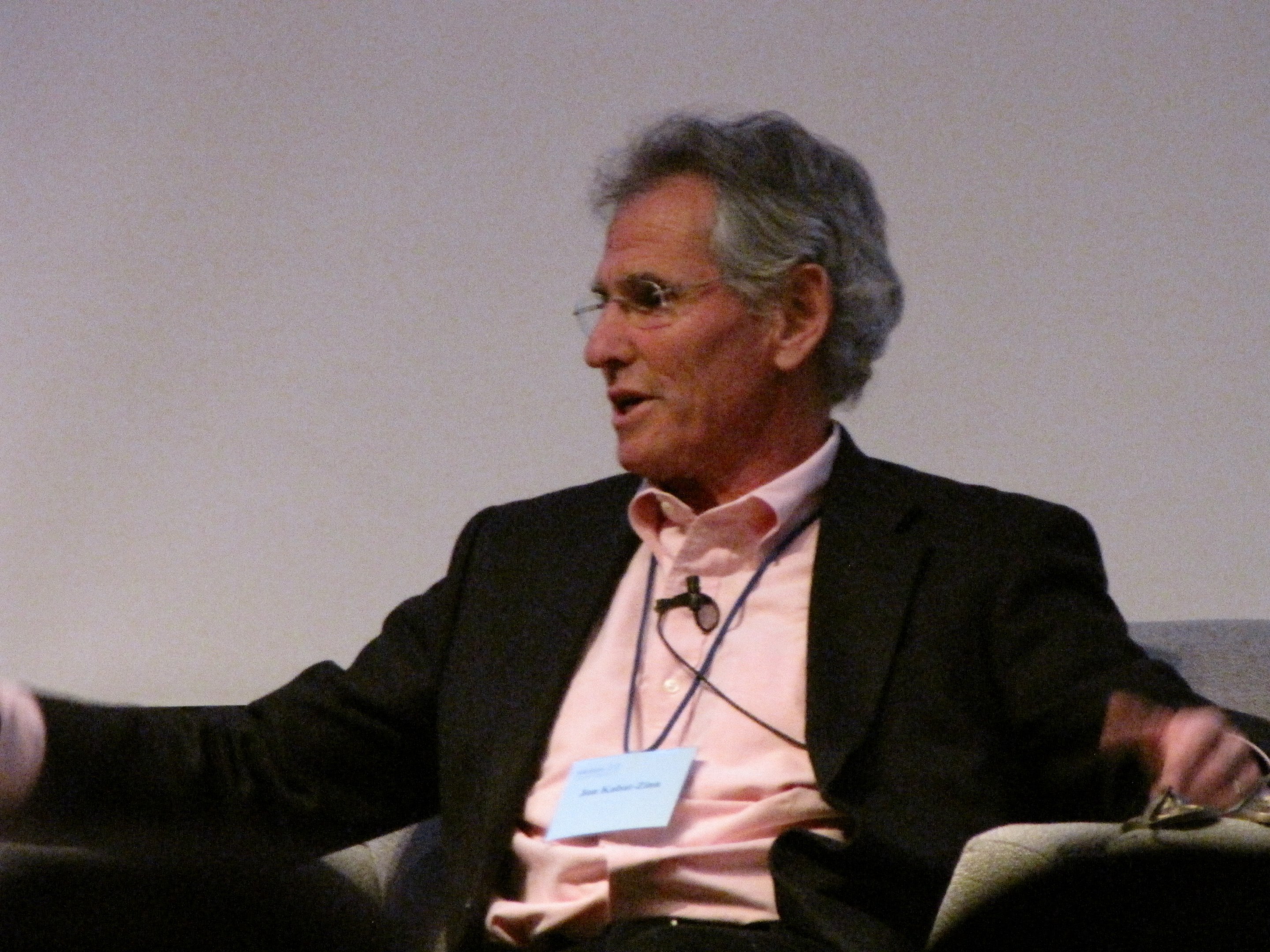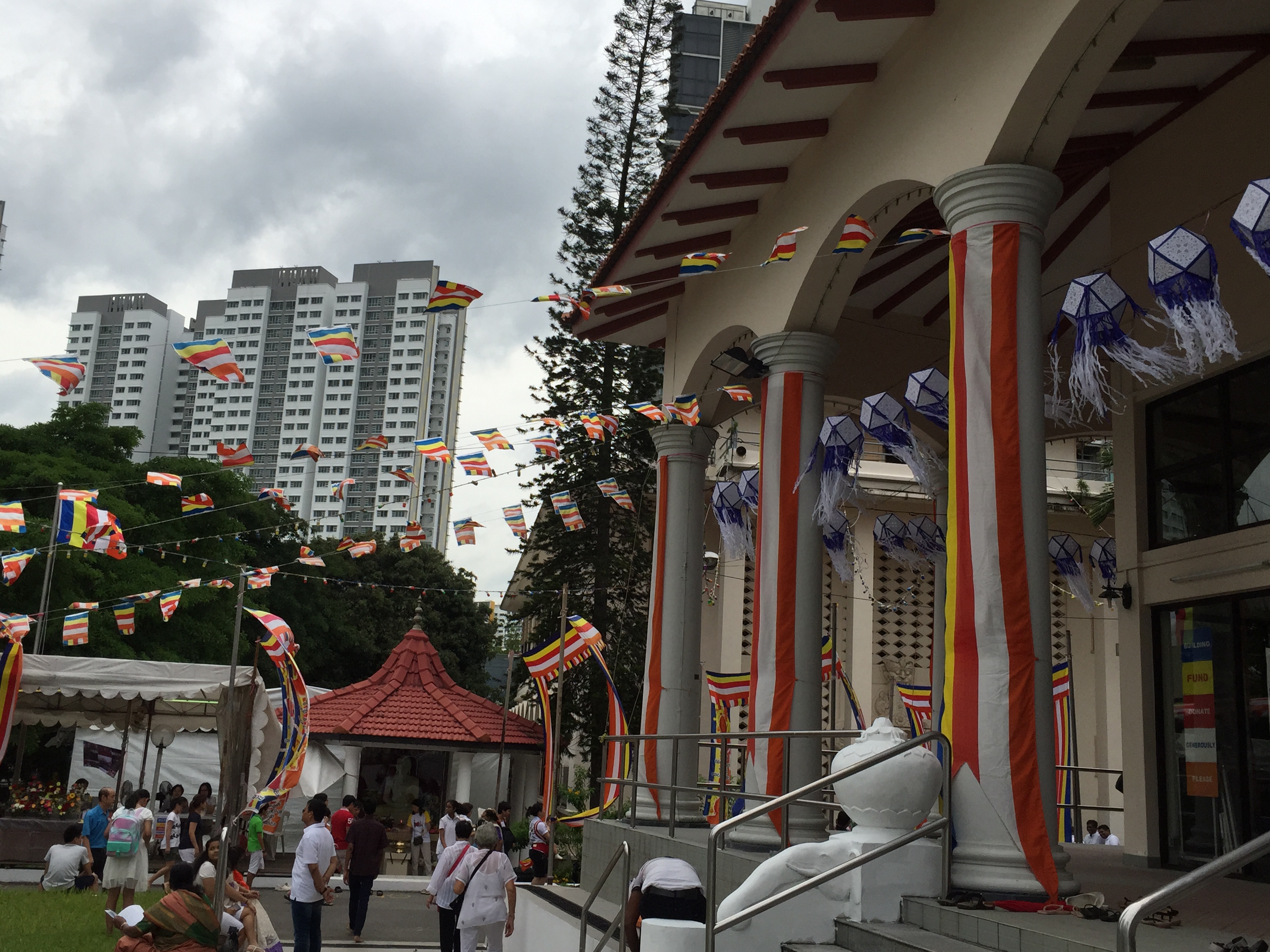|
Vipassana Meditation Centre
Vipassana Meditation Centre is a Buddhist centre in Singapore set up in 1993 to propagate and perpetuating Theravada Buddhism and provide opportunity for the practice of Vipassana meditation in Singapore. This group is not related to non-sectarian society "Vipassana International Center (Singapore)", which offers 10 Day residential meditation courses, taught by SN Goenka, in the tradition of Sayagyi U Ba Khin. Overview Vipassana Meditation Centre was founded in 1993 as a non-profit organization with the objective of providing opportunities and a venue for all Buddhists and non-Buddhists alike in cultivating their dhamma practice. Notable advisors and teachers affiliated with the meditation centre include Ovadacariya Sayadaw U Panditabhivamsa. There are several meditation locations across the world (Examples: Singapore, Australia, China, South Korea) See also * Burmese Buddhist Temple * Palelai Buddhist Temple * Wat Ananda Metyarama Thai Buddhist Temple * Sri Lankarama ... [...More Info...] [...Related Items...] OR: [Wikipedia] [Google] [Baidu] |
Theravada
''Theravāda'' () ( si, ථේරවාදය, my, ထေရဝါဒ, th, เถรวาท, km, ថេរវាទ, lo, ເຖຣະວາດ, pi, , ) is the most commonly accepted name of Buddhism's oldest existing school. The school's adherents, termed Theravādins, have preserved their version of Gautama Buddha's teaching or ''Dharma (Buddhism), Buddha Dhamma'' in the Pāli Canon for over two millennia. The Pāli Canon is the most complete Buddhist canon surviving in a Indo-Aryan languages, classical Indian language, Pali, Pāli, which serves as the school's sacred language and ''lingua franca''.Crosby, Kate (2013), ''Theravada Buddhism: Continuity, Diversity, and Identity'', p. 2. In contrast to ''Mahāyāna'' and ''Vajrayāna'', Theravāda tends to be conservative in matters of doctrine (''pariyatti'') and monastic discipline (''vinaya''). One element of this conservatism is the fact that Theravāda rejects the authenticity of the Mahayana sutras (which appeared c. ... [...More Info...] [...Related Items...] OR: [Wikipedia] [Google] [Baidu] |
Burmese Buddhist Temple
The Burmese Buddhist Temple (also known as Maha Sasana Ramsi; my, သာသနာ့ရံသီ မြန်မာဘုရားကျောင်း; ) is the oldest Theravada institution and the only Burmese Buddhist temple of its kind in Singapore.Ong, "Founding of Theravada Institutions", pp. 57—58. Founded in 1875, the temple moved from its original Kinta Road premises to Tai Gin Road off Ah Hood Road in Novena in 1988. The temple houses the largest pure white marble statue of the Buddha outside Myanmar, and has become a religious landmark for Burmese and Singaporean devotees to make merit and take part in merit-sharing activities alike. History The Burmese Buddhist Temple (BBT) was founded by a Burmese man named U Thar Hnin, also known as Tang Sooay Chin, at 17 Kinta Road (off Serangoon Road) in 1875. In 1878, U Thar Hnin donated the temple to U Kyaw Gaung (also known as Khoo Teogou), a traditional Burmese physician. The temple houses the largest pure white marble stat ... [...More Info...] [...Related Items...] OR: [Wikipedia] [Google] [Baidu] |
Mindfulness-based Stress Reduction
Mindfulness-based stress reduction (MBSR) is an eight-week evidence-based program that offers secular, intensive mindfulness training to assist people with stress, anxiety, depression and pain. Developed at the University of Massachusetts Medical Center in the 1970s by Professor Jon Kabat-Zinn, MBSR uses a combination of mindfulness meditation, body awareness, yoga and exploration of patterns of behaviour, thinking, feeling and action. Mindfulness can be understood as the non-judgmental acceptance and investigation of present experience, including body sensations, internal mental states, thoughts, emotions, impulses and memories, in order to reduce suffering or distress and to increase well-being. Mindfulness meditation is a method by which attention skills are cultivated, emotional regulation is developed, and rumination and worry are significantly reduced. During the past decades, mindfulness meditation has been the subject of more controlled clinical research, which suggests it ... [...More Info...] [...Related Items...] OR: [Wikipedia] [Google] [Baidu] |
Acceptance And Commitment Therapy
Acceptance and commitment therapy (ACT, typically pronounced as the word "act") is a form of psychotherapy, as well as a branch of clinical behavior analysis. It is an empirically based psychological intervention that uses acceptance and mindfulness strategies along with commitment and behavior-change strategies to increase psychological flexibility. This approach was originally termed ''comprehensive distancing''. Steven C. Hayes developed the treatment starting around 1982 in order to create an approach that integrated both key features of cognitive therapy and behavior analysis, especially behavior analytic data on the often negative effects of verbal rules and how they might be ameliorated. There are a variety of protocols for ACT, depending on the target behavior and setting. For example, in behavioral health areas, a brief version of ACT is called ''focused acceptance and commitment therapy'' (FACT). The objective of ACT is not elimination of difficult feelings; rath ... [...More Info...] [...Related Items...] OR: [Wikipedia] [Google] [Baidu] |
Mindfulness (psychology)
Mindfulness is the practice of purposely bringing one's attention to the present-moment experience without evaluation, a skill one develops through meditation or other training. Mindfulness derives from ''sati'', a significant element of Hindu and Buddhist traditions, and is based on Zen, ''Vipassanā'', and Tibetan meditation techniques. Though definitions and techniques of mindfulness are wide-ranging, Buddhist traditions explain what constitutes mindfulness such as how past, present and future moments arise and cease as momentary sense impressions and mental phenomena. Individuals who have contributed to the popularity of mindfulness in the modern Western context include Thích Nhất Hạnh, Herbert Benson, Jon Kabat-Zinn, Richard J. Davidson, and Sam Harris. Clinical psychology and psychiatry since the 1970s have developed a number of therapeutic applications based on mindfulness for helping people experiencing a variety of psychological conditions. Mindfulness practice ... [...More Info...] [...Related Items...] OR: [Wikipedia] [Google] [Baidu] |
Vipassana Movement
The Vipassanā movement, also called (in the United States) the Insight Meditation Movement and American vipassana movement, refers to a branch of modern Burmese Theravāda Buddhism that promotes "bare insight" (''sukha-vipassana'') to attain stream entry and preserve the Buddhist teachings, which gained widespread popularity since the 1950s, and to its western derivatives which have been popularised since the 1970s, giving rise to the more dhyana-oriented mindfulness movement. The Burmese vipassana movement has its roots in the 19th century, when Theravada Buddhism came to be influenced by western modernism, and some monks tried to restore the Buddhist practice of meditation. Based on the commentaries, Ledi Sayadaw popularized ''vipassana meditation'' for lay people, teaching ''samatha'' and stressing the practice of ''satipatthana'' to acquire ''vipassana'' (insight) into the three marks of existence as the main means to attain the beginning of awakening and become a stream ... [...More Info...] [...Related Items...] OR: [Wikipedia] [Google] [Baidu] |
Ti-Sarana Buddhist Association
The Ti-Sarana Buddhist Association is a Buddhist organisation An organization or organisation (Commonwealth English; see spelling differences), is an entity—such as a company, an institution, or an association—comprising one or more people and having a particular purpose. The word is derived from ... for the English speaking Buddhist Community in Singapore. The President of the group as of 2014 is Khemaka David Chew. Notable resident monks include Venerables Pategama Gnanarama Mahāthera, Welipitiye Ratanasiri Mahāthera and Ridiyagama Ānanda Thera. Overview Ti-Sarana Buddhist Association was founded in 1976 with its original premises located at 85-A Marine Parade where its first Shrine Hall was inaugurated on 1 April 1978, during which the Sunday Dhamma School formally began. By 1980 the organization relocated at 90 Duku Road which serves as their primary venue till today. The building was redeveloped and extended between 1988 and 2001 before being official ... [...More Info...] [...Related Items...] OR: [Wikipedia] [Google] [Baidu] |
Sri Lankaramaya Buddhist Temple
The Sri Lankaramaya Buddhist Temple (also known as St Michael Buddhist Temple) is located at St. Michael's Road in Bendemeer, Singapore. The temple is the primary Sri Lanka Buddhist temple of its kind in Singapore. It is one of the Theravada Buddhist temples in Singapore which is founded years back from Buddhist monks from Sri Lanka. It is operated by the Singapore Sinhala Buddhist Association which was established in 1920. Bodhi tree A Bodhi tree (''Ficus religiosa''), can be seen in the compound of the temple, with four Buddha images placed on each direction. Activities and management The monks conduct regular Dhamma events including sutta discussions, meditation practices, chanting, pujas and blessings for devotees all year round. This temple is also a center for Sri Lankans to celebrate their cultural activities such as New Year in April. Other than that Buddhist festivals are celebrated in each year including Vesak Festival. See also * Wat Ananda Metyarama Thai Budd ... [...More Info...] [...Related Items...] OR: [Wikipedia] [Google] [Baidu] |
Wat Ananda Metyarama Thai Buddhist Temple
Wat Ananda Metyarama Thai Buddhist Temple is a Theravada Buddhist monastery and temple in Singapore. The monastery was originally set up by Venerable Luang Phor Hong Dhammaratano with his disciple Samanera Boonler. The temple is located at 50B Jalan Bukit Merah. Overview Founded in the 1920s, Wat Ananda Metyarama Thai Buddhist Temple is one of the oldest Thai Theravada Buddhist temples in Singapore. Originally situated at 83 Silat Road, it was renovated in 1953 under the then-abbot Venerable Phra Rajayankavee, with further renovations as well as new construction between 1975 and 1997 under present-day abbot Venerable Chao Khun Phra Tepsiddhivides. In the 21st century, the monastery underwent a major construction exercise which concluded with a brand new building at 50B Jalan Bukit Merah in 2014. On 5 January 2014, the new extension were officially opened by Indranee Rajah. The new building features a Dhamma hall, Meditation hall, Cultural center (museum), conference room, di ... [...More Info...] [...Related Items...] OR: [Wikipedia] [Google] [Baidu] |
Palelai Buddhist Temple
Palelai Buddhist Temple is a Buddhist temple located in Bedok, Singapore. It was founded in 1963 by Phrakhru Prakassa Dhammakhun (known mostly as Luang Phor). History Palelai Buddhist temple was originally located at 9 Jalan Nipah and subsequently moved to 49 Bedok Walk to accommodate the growing number of members and devotees. When the temple building was first built at Jalan Nipah, it occupied a land area of only 6 metres by 12 metres. This was sufficient to house three Thai bhikkhus and samaneras. The building was compartmentalised into three sections: one section for the main shrine hall, another section as a multipurpose hall, and the rear section as living quarters. A Thai-style pavilion was added to the building in 1967 with the intention of using it as a proper shrine hall. This building served to facilitate the study and learning of the Dhamma in the Thai tradition. Sunday school as well as Dhamma talks on the life of the Buddha and on Buddhism were conducted regularl ... [...More Info...] [...Related Items...] OR: [Wikipedia] [Google] [Baidu] |
Sayadaw U Pandita
Sayadaw U Paṇḍita ( my, ဆရာတော် ဦးပဏ္ဍိတ, ; also ''Ovādācariya Sayādo Ū Paṇḍitābhivaṁsa''; 28 July 1921 – 16 April 2016) was one of the foremost masters of Vipassanā. He trained in the Theravada Buddhist tradition of Myanmar. A successor to the late Mahāsi Sayādaw, he has taught many of the Western teachers and students of the Mahāsi style of Vipassanā meditation. He was the abbot o Meditation Centerin Yangon, Myanmar. Early life and education U Paṇḍita was born in 1921 in Insein in greater Rangoon (now Yangon) during British colonial rule. He became a novice at age twelve, and ordained at age twenty. After decades of study, he passed the rigorous series of government examinations in the Theravāda Buddhist texts, gaining the Dhammācariya (Dhamma teacher) degree in 1952. U Paṇḍita began practicing Vipassana under the guidance of Mahāsi Sayādaw beginning in 1950. Career In 1955, he left his position as a teacher ... [...More Info...] [...Related Items...] OR: [Wikipedia] [Google] [Baidu] |




